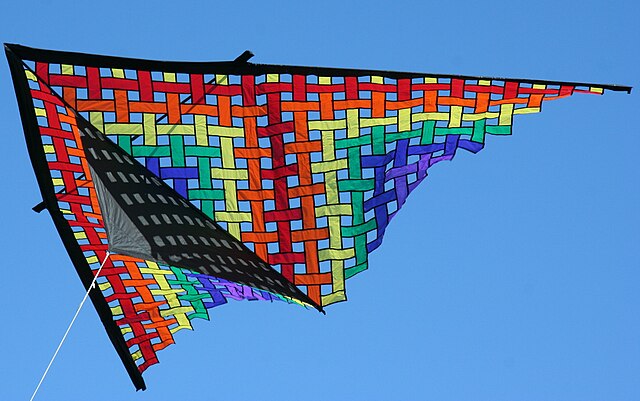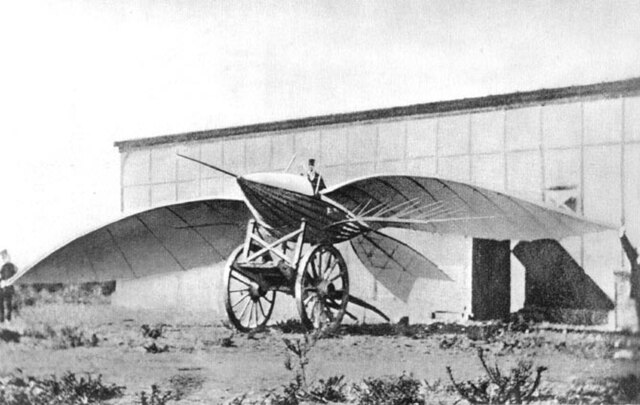Ground effect (aerodynamics)
For fixed-wing aircraft, ground effect is the reduced aerodynamic drag that an aircraft's wings generate when they are close to a fixed surface. During takeoff, ground effect can cause the aircraft to "float" while below the recommended climb speed. The pilot can then fly just above the runway while the aircraft accelerates in ground effect until a safe climb speed is reached.
Bell X-14 showing lengthened landing gear legs to reduce suckdown
Dassault Mirage IIIV hovering over open grid
Underside view of the first prototype P.1127 showing small ventral strakes to increase fountain lift
Harrier GR9 showing the lift improvement devices, large ventral strakes and a retractable dam behind nosewheel
A fixed-wing aircraft is a heavier-than-air flying machine, such as an airplane, which is capable of flight using aerodynamic lift. Fixed-wing aircraft are distinct from rotary-wing aircraft, and ornithopters. The wings of a fixed-wing aircraft are not necessarily rigid; kites, hang gliders, variable-sweep wing aircraft, and airplanes that use wing morphing are all classified as fixed-wing aircraft.
A Boeing 737 airliner is an example of a fixed-wing aircraft
The fixed wings of a delta-shaped kite are not rigid
Children flying a kite in 1828 Bavaria, by Johann Michael Voltz
Le Bris and his glider, Albatros II, photographed by Nadar, 1868








